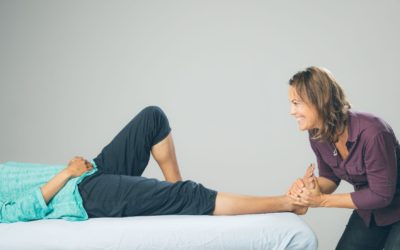We are continuing our journey into the Land of the Tendons and how to tame them.
The main purpose of tendons is to transmit longitudinal loads from muscle to bone. Tendons have been studied for their biomechanical properties (i.e. stress/strain curves on tensile loading), histological properties, and clinical/functional properties.
For example, it is known that if a tendon is stiffer then it can transmit more power. If a specific tendon is less stiff then it can hold more potential energy and allows more elongation (Docking and Cook 2019).
Another interesting fact is that the expression of 983 genes differed between normal tendon and tendinopathy (Andarawis-Puri et al 2015).
Tendons can have the following pathologies:
Tendonitis is an acute injury where inflammatory cells and proteins are present.
Tendinosis is a non-inflammatory condition that is characterized by thin, frayed, and fragile tendon fibers. The bundles of collagen are disorganized, less oxygen, fatty cells can be present as well as an increase in small blood vessels and small nerve in-growth.
Tendon tears can be partial or complete.
Tenosynovitis is inflammation in the tendon sheath that surrounds a tendon.
When there is something wrong with a tendon, it is important not just to be able to identify the structure that is having a problem, but to know exactly what the type of problem is. The reason this is important is because you treat the issues very differently. Tendinosis is often misdiagnosed as tendinitis. Tendinitis is actually quite rare compared to tendinosis, and they are treated differently. One is an acute problem and the other is chronic. Although, it has been shown that tendinosis can develop after just one incidence of fatigue damage in a tendon, and not just an accumulation of fatigue damage. (Andarawis-Puri et al 2015)
Find someone who knows how to treat based on your specific condition and stage of healing.
Rebecca Lowe, Integrative Physical Therapist with a specialty in advanced Orthopedic Manual Physical Therapy, managing director of Manual Therapy of Nashville
References:



0 Comments